From Patnongon, we continued 17.5 kms. to the next town of Bugasong. We made a 45-min. stopover at Brgy. Bagtason where we, as well as students of U.P. Visayas (Miag-ao, Iloilo) on a field trip, were to observe the very intricate and beautiful art of patadyong making.
The art of patadyong making was developed in the late 1960’s when a lot of high quality products were made, using cotton and abaca as raw materials. During the 1980’s, with polyester as their raw material, the production of hand woven textile heightened and more quality designs and products were produced featuring different designs (stripes, squares, rectangles, checkered, etc.).
Seeing the economic potential of this weaving activity, the weavers of Brgy. Bagtason organized themselves into the Bagtason Loom Weavers Association (BLWA), registered it with the Securities and Exchange Commission (SEC) and the organization was incorporated on July 4, 2008. Today, it is now headed by Mr. Mario Manzano.
Patadyong weaving is done by interlacing the different colors of threads through a wooden handloom locally called tiral or habulan. Today, due to the increase in the production and market demand, the BLWA has around 10 of these. Through the assistance of the Antique Development Foundation, the BLWA has introduced its products in the international market of Cambodia, Malaysia and Thailand.
Similar to the tube-like malong garment worn by Muslim women, the patadyong comes in checkered or plaid design. Women use this very versatile piece of multi-colored cloth as a skirt, pair it with a blouse called a kimona or use it as a mobile, portable bathroom. It was also used as a hammock for babies or for transporting the sick or wounded during emergencies.
Today, its bestsellers are the yano (plain patadyong, PhP650) and pinilian (patadyong with embroidery, PhP1,600), both 4 m. long, hand woven cloth made from polyester or yarn. A plain checkered cloth made from polyester costs PhP150/meter. They also sell 2 to 3 m. long, hand woven cloth, with or without embroidery. Hablon cloth, made with gold and silver rayon and polyester threads, costs PhP200/meter.
The weavers also make tubao (handkerchiefs); shawls (PhP450); scarves; wallets; polyester sun visors (PhP175); ladies hats; bags; 2 m. long, polyester table runners (PhP300) and, occasionally, leis and polo or long-sleeved shirts made with polyester. Their designs and colors could also be personalized by the by the BLWA according to your liking.
A small tubao costs PhP60. A big plain scarf costs P120, a big scarf with flower embroidery costs PhP150-180, a soft weaved scarf costs PhP275, a double thread scarf costs PhP350, and a 3 m. long, double thread scarf, with design, costs PhP500. A plain cloth ladies hat costs PhP250 while hats, with pinilian design, costs PhP350. Prices also vary, depending on the details in each hat. The prices of leis varies, depending upon its design – a plain lei costs PhP30 while leis with embroidery costs PhP50.
Plain polo shirts costs PHp650, polo with embroidery costs PhP750, plain long sleeves costs PhP750 while long sleeves with embroidery costs PhP850. All products made by the BLWA contain the logo of the LGU-Bugasong (it being its OTOP – One Town One Product), name of the association, location, and the name, description and price of the product. The income of the BLWA, depending on the demand for hablon in the local or international market, varies every year (PhP267,000 in 2008, PhP56,000 in 2009 and PhP499,350 as of September 2010).
Weaving follows many steps or stages. At the first stage, called the pagsab-ong, weavers have to determine how many meters and pieces can be made, with or without the design. The next stage is the paglikis, the arrangement of the thread. The third stage is the pagbinting, insertion of the thread in the binting in an upward and downward movement. The next stage is the pagsulod where the thread is inserted in the reed. The fifth stage is the pagtalingyas, the transfer of thread from the cone to the talingyasan. The last stage is the pagpanara, when the actual weaving starts.
If you want it personalized and trendy, the weavers would combine different colors of the threads. The standard patadyong design features mixed threads that capture natural earth tones (blue, green, yellow, etc.) as well as show personal status. The time it takes to weave a cloth depends on the design – the bigger and more intricate the design, the longer it takes.
Bagtason Loom Weavers Association (BLWA): Brgy. Bagtason, Bugasong, Antique. Mobile number: (0906) 843-8687.
How To Get There: Bugasong is located 43 kms. from San Jose de Buenavista, 12.4 kms. from Laua-an and 17.3 kms. from Patnongon.

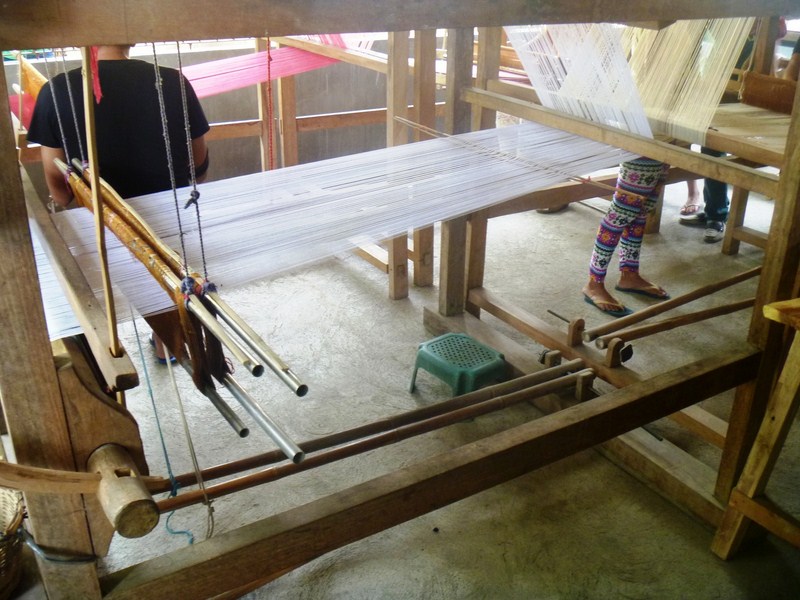
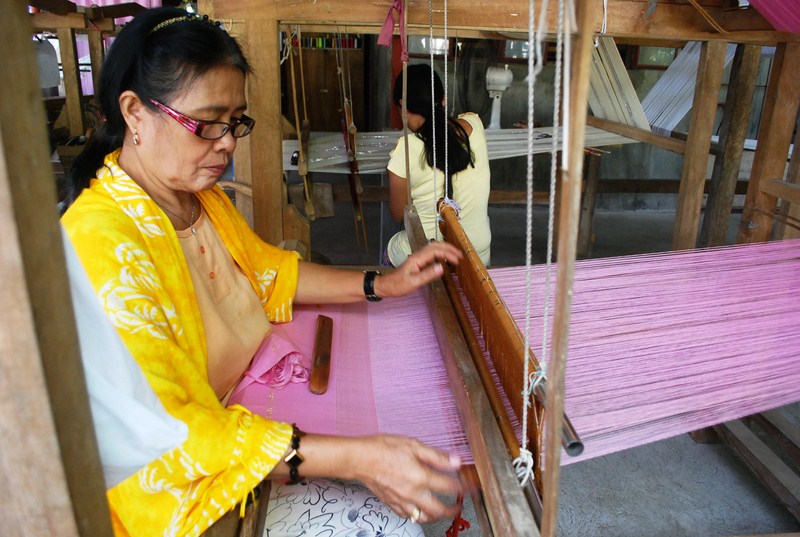
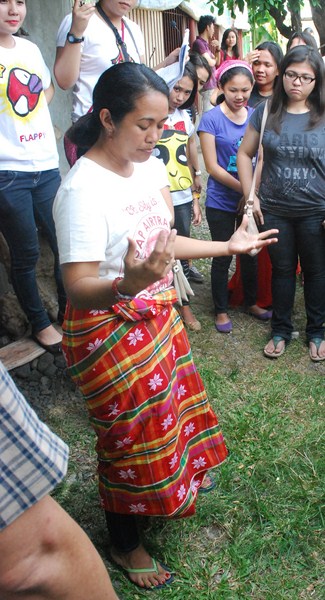
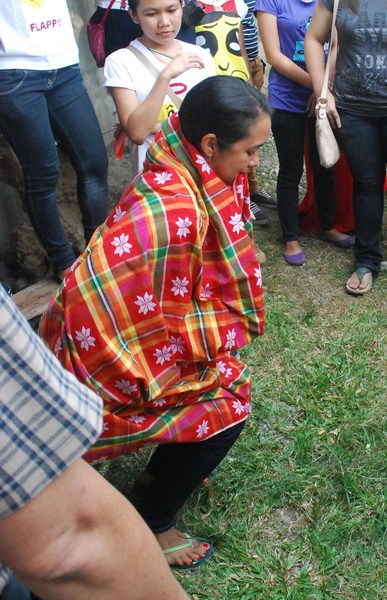
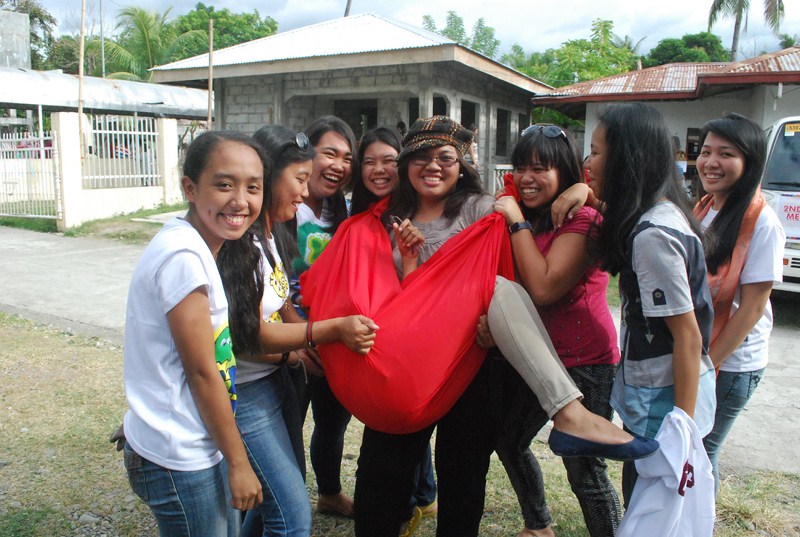

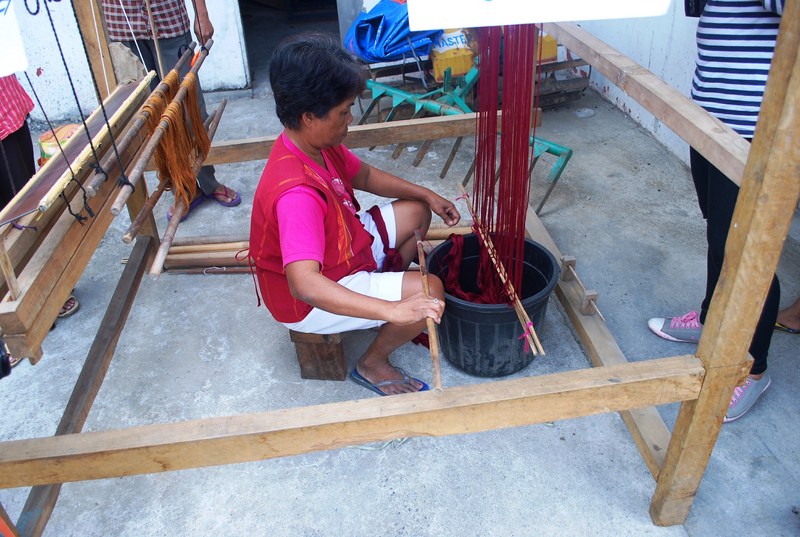

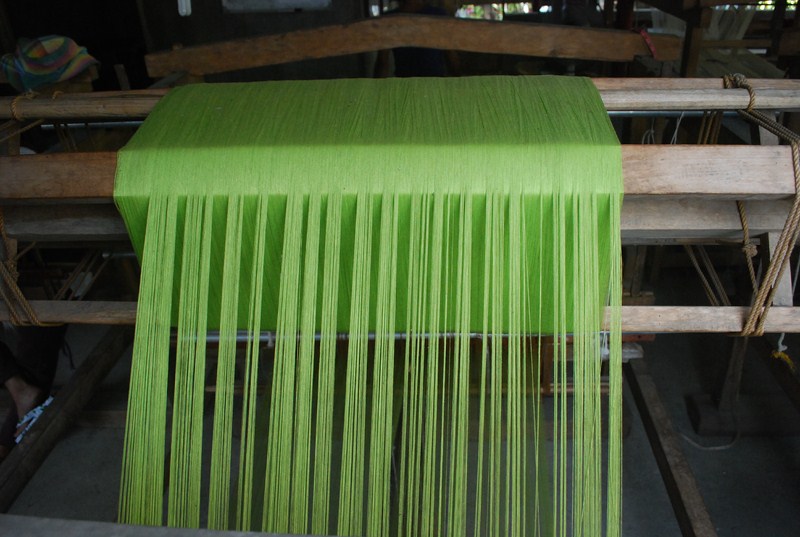
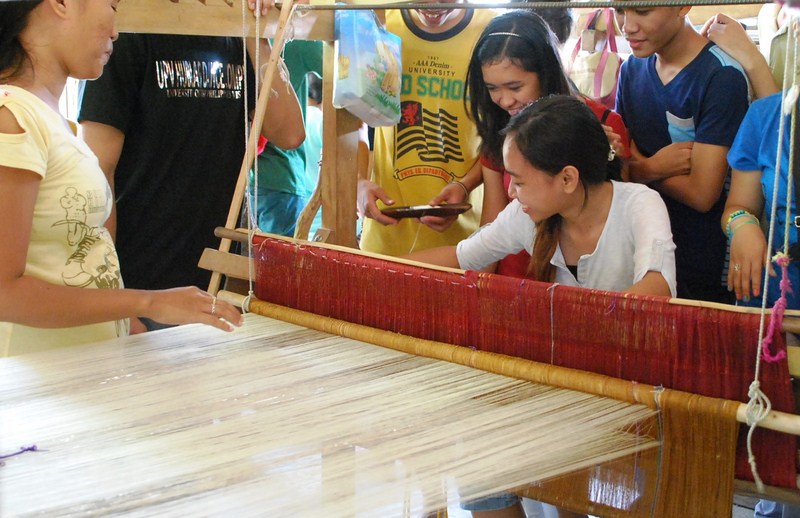
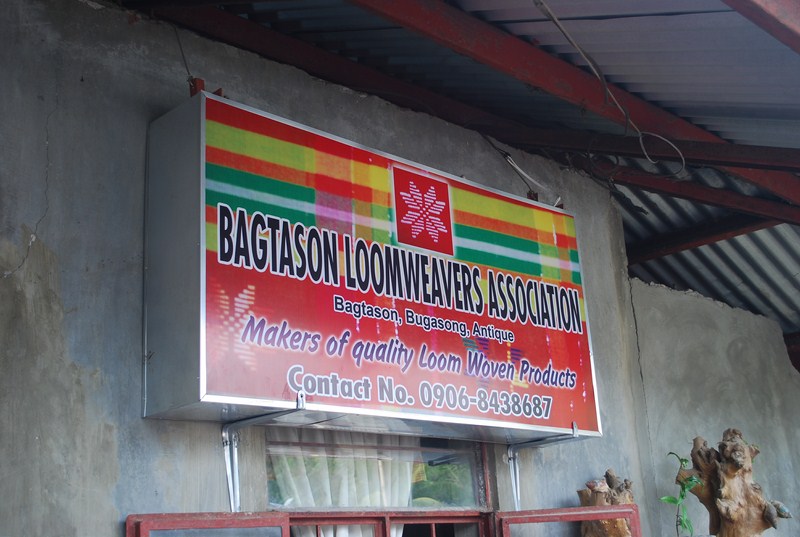
Do you have someone in Manila we can contact? We have some requirements for this kind of material.
Sorry I don’t have contacts in Manila I can recommend. However, try contacting our Antiqueno tour organizer Mr. Flord Nicson Calawag (Katahum Tours) at mobile numbers (0919) 813-9893 (Smart) and (0917) 631-5777 (Globe).
Feel proud that the association perpetuated the patadyong weaving in my hometown. I miss to see my old folks wearing these colorful tubular cloths. I even have tried using this as instant blanket and jacket during rainy days. Honestly, our patadyong is far better than Bengali’s ang Indonesian’s longgi. World-class at its best!